Home>Storage & Organization>Living Room Organization>How To Organize A Small Living Room
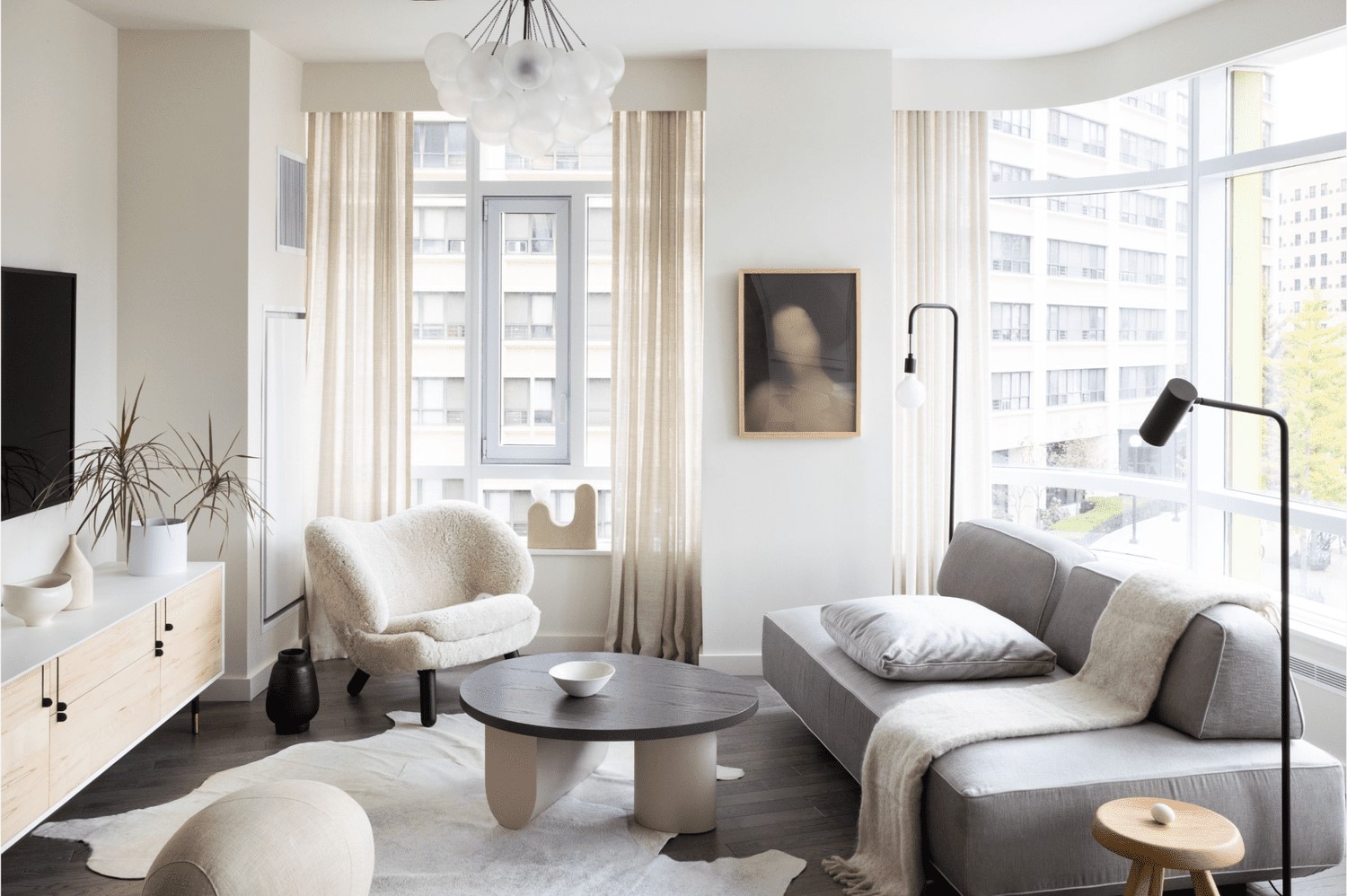

Living Room Organization
How To Organize A Small Living Room
Modified: October 28, 2024
Discover effective tips and ideas for living room organization to maximize space and create a functional and stylish small living room. Simplify your life with smart living room organization solutions.
(Many of the links in this article redirect to a specific reviewed product. Your purchase of these products through affiliate links helps to generate commission for Storables.com, at no extra cost. Learn more)
Assessing the Space
Assessing the space is the first step in organizing a small living room. Before diving into any organization project, it's essential to take a good look at the room and evaluate its layout, size, and potential. Here are some key points to consider when assessing the space:
-
Measure the Room: Start by measuring the dimensions of the living room, including the length, width, and height. This will give you a clear understanding of the available space and help you make informed decisions when selecting furniture and storage solutions.
-
Identify Traffic Flow: Take note of the natural traffic flow within the room. Determine the main pathways and ensure that the furniture arrangement allows for easy movement and doesn't obstruct the flow of traffic.
-
Consider Natural Light: Pay attention to the sources of natural light in the room. Understanding how light enters the space can help you make decisions about furniture placement, color schemes, and the use of mirrors to maximize the natural light.
-
Assess Functionality: Think about how the living room is used on a daily basis. Is it primarily a space for entertaining guests, watching TV, or relaxing? Understanding the primary function of the room will guide your choices when it comes to furniture and layout.
By carefully assessing the space, you can gain valuable insights that will inform the rest of your small living room organization efforts.
Key Takeaways:
- Make the most of your small living room by assessing the space, choosing the right furniture, and utilizing vertical space. Creating zones and maximizing storage are key for an organized and functional living area.
- Incorporate multi-functional furniture, select the right color scheme, and add personal touches to infuse warmth and character into your small living room. Mirrors and strategic lighting can create the illusion of space and brightness.
Read more: How To Organize Toys In Living Room
Choosing the Right Furniture
When it comes to organizing a small living room, choosing the right furniture is crucial for maximizing both space and functionality. Here are some tips for selecting the most suitable furniture for your small living room:
-
Opt for Space-Saving Pieces: Look for furniture that is designed to maximize space, such as a compact sofa or a coffee table with built-in storage. Consider furniture with sleek, streamlined designs to create a more open and airy feel in the room.
-
Consider Multi-Functional Furniture: Choose pieces that serve multiple purposes, such as a sleeper sofa that can double as a guest bed, or an ottoman with hidden storage. This allows you to make the most of limited space without sacrificing comfort or convenience.
-
Scale Matters: Pay attention to the scale of the furniture in relation to the size of the room. Avoid oversized pieces that can overwhelm the space, and instead opt for furniture that fits the proportions of the room without overcrowding it.
-
Utilize Vertical Space: In a small living room, vertical space is valuable real estate. Consider tall bookshelves or wall-mounted storage units to take advantage of vertical space while keeping the floor area open and uncluttered.
-
Light-Colored Furniture: Light-colored furniture can create the illusion of a larger, airier space. Consider choosing furniture in neutral tones or light pastel shades to visually expand the room.
By carefully selecting the right furniture for your small living room, you can create a functional and visually appealing space that makes the most of every inch.
Utilizing Vertical Space
In a small living room, making the most of vertical space is essential for optimizing storage and creating a sense of openness. Here are some effective strategies for utilizing vertical space:
-
Tall Bookshelves: Install tall bookshelves or shelving units that reach up to the ceiling. This not only provides ample storage for books, decor, and other items but also draws the eye upward, making the room feel taller and more spacious.
-
Wall-Mounted Storage: Consider wall-mounted storage solutions such as floating shelves or cabinets. These not only free up floor space but also add a modern and streamlined look to the room.
-
Vertical Display: Use vertical space to display artwork, mirrors, or decorative wall hangings. Arranging these items in a vertical orientation draws the eye upward and creates the illusion of higher ceilings.
-
Floor-to-Ceiling Curtains: Install curtains that hang from the ceiling to the floor. This elongates the visual height of the room and adds a touch of elegance to the space.
-
Utilize Corner Space: Place tall corner shelves or cabinets to take advantage of often underutilized corner space. This maximizes storage while minimizing the impact on the central living area.
By incorporating these vertical space utilization techniques, you can create a small living room that feels more open, organized, and visually appealing.
Creating Zones
Creating distinct zones within a small living room is a smart way to maximize functionality and make the most of the available space. Here's how to effectively create zones in a small living room:
-
Define the Purpose: Determine the different functions you want to accommodate in the living room, such as seating, entertainment, and possibly a workspace. Each zone should serve a specific purpose to ensure that the room remains organized and clutter-free.
-
Furniture Arrangement: Use furniture to delineate the different zones. For example, position the sofa and armchairs to create a seating area, while the TV and media console can define the entertainment zone. Consider using area rugs to visually separate the zones while adding a cozy touch to each area.
-
Visual Division: Employ visual cues to demarcate the zones. This can be achieved through the use of different colors, textures, or patterns in the decor and furnishings for each zone. For instance, a bold rug or a distinctive wall color can help define the dining area within the living room.
-
Flexible Layout: In a small living room, flexibility is key. Opt for furniture that can be easily moved or rearranged to adapt to different needs. This allows you to transform the space for various activities, such as hosting gatherings or creating a temporary workspace.
-
Lighting Solutions: Incorporate lighting elements to enhance each zone. Task lighting, such as a floor lamp near a reading nook, can provide focused illumination, while ambient lighting can create a warm and inviting atmosphere for the entire room.
By creating well-defined zones within a small living room, you can effectively utilize the space while maintaining a sense of organization and purpose.
Maximizing Storage
When it comes to organizing a small living room, maximizing storage is a game-changer. Here are some effective strategies for maximizing storage in a small living room:
-
Utilize Under-Sofa Space: Choose a sofa with built-in storage or utilize the space underneath for shallow baskets or bins to store items like extra blankets, pillows, or magazines.
-
Coffee Table with Storage: Opt for a coffee table that features drawers, shelves, or hidden compartments. This provides a convenient spot to stow away remote controls, coasters, and other small items, keeping the tabletop clutter-free.
-
Wall-Mounted Shelves: Install wall-mounted shelves to display decorative items while also serving as practical storage for books, photo albums, or small decor pieces. This not only saves floor space but also adds visual interest to the room.
-
Storage Ottomans: Incorporate storage ottomans or poufs that can double as seating and provide hidden storage for items like throw blankets, board games, or kids' toys.
-
Vertical Storage Units: Invest in tall, narrow storage units such as bookcases or cabinets to take advantage of vertical space. This is particularly useful for storing items that are not frequently used but still need a dedicated spot.
-
Utilize Wall Space: Install floating wall hooks or racks to hang items like coats, hats, or bags. This keeps frequently used items easily accessible while freeing up closet space.
By implementing these storage-maximizing techniques, you can keep your small living room organized and clutter-free without sacrificing style or functionality.
Use multi-functional furniture like a storage ottoman or a sofa bed to maximize space. Keep the room clutter-free by using vertical storage solutions and choosing a light color palette to create the illusion of a larger space.
Read more: How To Organize Furniture In The Living Room
Using Multi-functional Pieces
In a small living room, multi-functional pieces are a game-changer when it comes to optimizing space and versatility. Here are some effective ways to incorporate multi-functional furniture and accessories into your small living room:
-
Sleeper Sofa: A sleeper sofa serves as a comfortable seating option during the day and can be easily transformed into a guest bed at night, making it an ideal choice for small living rooms that double as guest quarters.
-
Storage Ottoman: A storage ottoman not only provides a convenient spot for resting your feet but also offers hidden storage space for items such as throw blankets, pillows, or remote controls. It can also serve as extra seating when needed.
-
Nesting Tables: Nesting tables are a versatile addition to a small living room. They can be used as a compact coffee table arrangement and then separated to provide additional surface space when entertaining guests.
-
Folding Desk: For those who need a workspace but have limited room, a folding desk is a practical solution. It can be folded down when not in use, freeing up valuable floor space.
-
Convertible Coffee/Dining Table: A coffee table that can be raised to dining table height is a clever multi-functional piece for small living rooms. It serves as a coffee table during the day and can be elevated to create a dining surface when needed.
-
Modular Shelving Systems: Modular shelving units offer flexibility and adaptability. They can be reconfigured to suit changing storage needs and can serve as room dividers, display areas, or storage solutions.
By incorporating multi-functional pieces into your small living room, you can maximize space, enhance functionality, and create a versatile and organized living area.
Selecting the Right Color Scheme
Selecting the right color scheme for a small living room can significantly impact the overall look and feel of the space. When choosing colors, it's essential to consider the room's size, natural light, and the atmosphere you want to create. Here are some key points to keep in mind when selecting a color scheme for a small living room:
-
Light and Airy Tones: Opt for light and airy tones such as soft neutrals, pastels, and light shades of blue or green. These colors can visually expand the space and create a sense of openness. Light colors also reflect natural light, making the room feel brighter and more inviting.
-
Monochromatic Palette: Consider using a monochromatic color scheme, which involves using varying shades of the same color. This approach creates a cohesive and harmonious look while adding depth and interest to the room. For example, pairing different shades of gray or beige can add visual dimension without overwhelming the space.
-
Accent Colors: Introduce pops of color through accent elements such as throw pillows, artwork, or decorative accessories. These accents can inject personality and vibrancy into the room without overpowering the overall color scheme. Consider using bold or contrasting colors in small doses to create focal points and visual interest.
-
Natural Elements: Incorporate natural elements such as wood tones, plants, or earthy hues to add warmth and texture to the space. These elements can create a balanced and inviting environment, especially in small living rooms where a connection to nature can enhance the overall ambiance.
-
Consider the Ceiling: Don't overlook the ceiling when selecting a color scheme. Painting the ceiling a lighter shade than the walls can visually lift the height of the room, creating an illusion of spaciousness. Alternatively, a subtle pop of color on the ceiling can add a unique touch to the room's design.
By carefully selecting the right color scheme, you can create a visually appealing and harmonious environment in your small living room, enhancing its overall aesthetic and ambiance.
Incorporating Mirrors
Incorporating mirrors into a small living room can work wonders in creating the illusion of space and brightness. Here are some effective ways to incorporate mirrors into your small living room:
-
Strategic Placement: Position mirrors across from windows to reflect natural light and outdoor views, instantly making the room feel more spacious and airy. Placing a mirror opposite a focal point, such as a piece of artwork or a fireplace, can also enhance the sense of depth and visual interest in the room.
-
Large Statement Mirrors: Opt for a large statement mirror to serve as a striking focal point in the living room. A sizable mirror not only adds a decorative element but also amplifies the sense of openness by reflecting light and creating the illusion of a larger space.
-
Mirrored Furniture: Consider incorporating mirrored furniture pieces, such as a coffee table, side tables, or cabinets. These reflective surfaces not only add a touch of glamour to the room but also bounce light around, contributing to a brighter and more expansive feel.
-
Mirrored Wall Panels: Install mirrored wall panels to visually expand the room and add a touch of elegance. These panels can be strategically placed to create the illusion of extended space and can also serve as decorative elements that enhance the overall aesthetic of the living room.
-
Mirror Gallery Wall: Create a gallery wall using an assortment of mirrors in different shapes and sizes. This not only adds a visually dynamic element to the room but also reflects light from various angles, contributing to a well-lit and visually engaging space.
-
Mirrored Backsplash: If the living room includes a bar area or a built-in shelving unit, consider incorporating a mirrored backsplash. This not only adds a touch of sophistication but also reflects light and creates the illusion of depth, especially in areas where space is limited.
By incorporating mirrors strategically into your small living room, you can enhance its visual appeal, create a brighter ambiance, and make the space feel more open and inviting.
Adding Personal Touches
Adding personal touches to a small living room is the key to infusing the space with warmth, character, and a reflection of your unique style. Here are some creative ways to incorporate personal touches into your small living room:
-
Gallery Wall: Create a gallery wall featuring a curated collection of artwork, photographs, and mementos that hold personal significance. This not only adds visual interest to the room but also serves as a reflection of your personal experiences and memories.
-
Customized Decor: Incorporate customized decor items such as personalized throw pillows, embroidered textiles, or handcrafted accessories that showcase your individuality and add a personal touch to the room's decor.
-
Display Collections: Showcase your collections, whether it's vintage vinyl records, antique books, or travel souvenirs, in a dedicated display area. This not only adds a personal touch to the room but also sparks conversations and serves as a reflection of your passions and interests.
-
DIY Projects: Infuse the room with your creativity by incorporating DIY projects such as handmade wall art, upcycled furniture, or crafted decor pieces. These unique creations add a personal and artistic flair to the living space.
-
Family Heirlooms: Integrate family heirlooms or inherited furniture into the room's decor. Whether it's a vintage rug, a cherished family photo, or an antique piece of furniture, these items add a sense of history and personal connection to the space.
-
Personalized Shelving: Arrange open shelving to display a mix of personal items, such as favorite books, framed family photos, and beloved keepsakes. This not only adds a personal touch to the room but also creates a sense of intimacy and nostalgia.
-
Scented Candles and Diffusers: Incorporate scented candles or diffusers with your favorite fragrances to create a welcoming and comforting atmosphere. The scents you choose can evoke personal memories and create a cozy ambiance in the living room.
By incorporating these personal touches, you can transform your small living room into a space that not only reflects your individuality but also feels inviting, personal, and uniquely yours.
Frequently Asked Questions about How To Organize A Small Living Room
Was this page helpful?
At Storables.com, we guarantee accurate and reliable information. Our content, validated by Expert Board Contributors, is crafted following stringent Editorial Policies. We're committed to providing you with well-researched, expert-backed insights for all your informational needs.
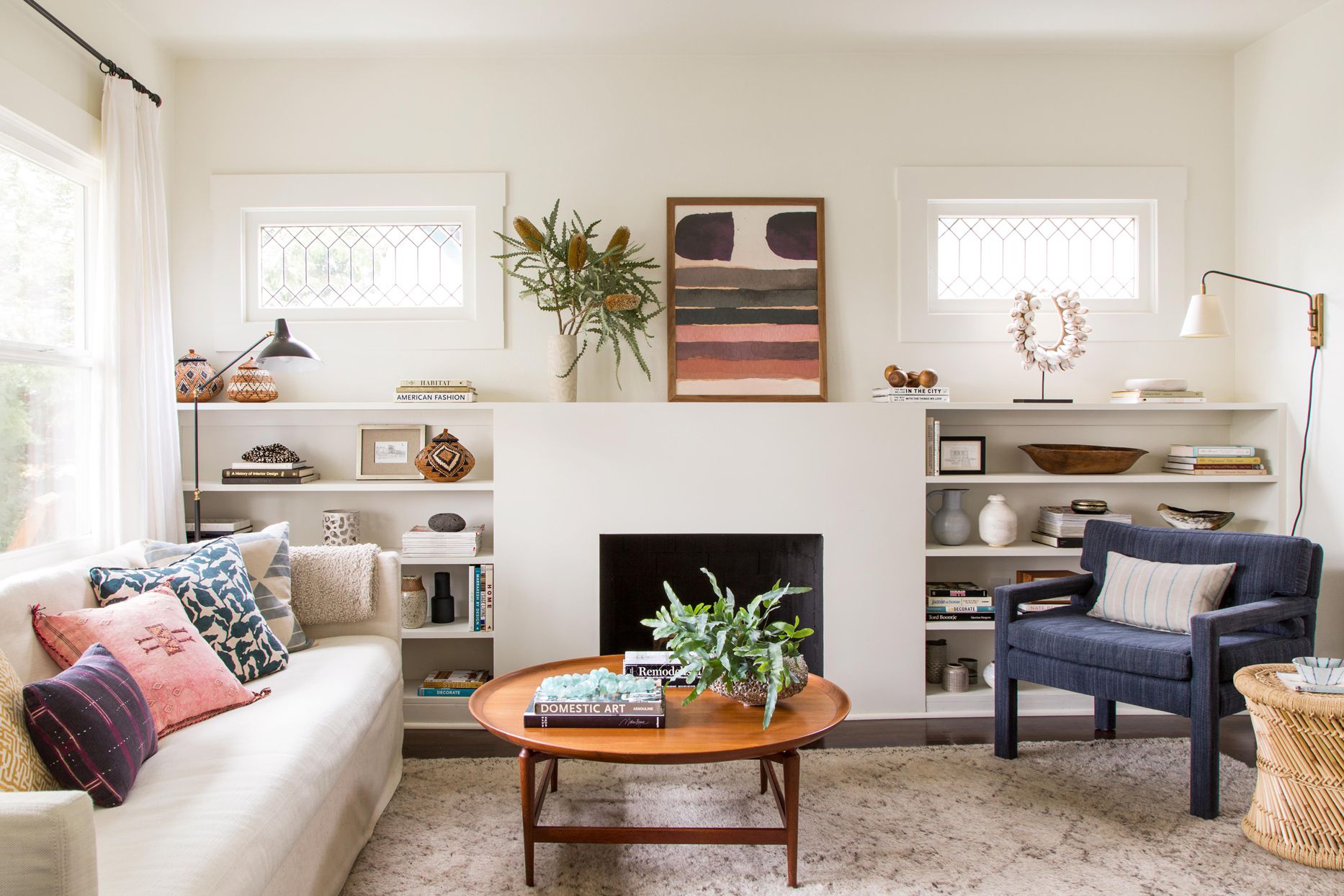
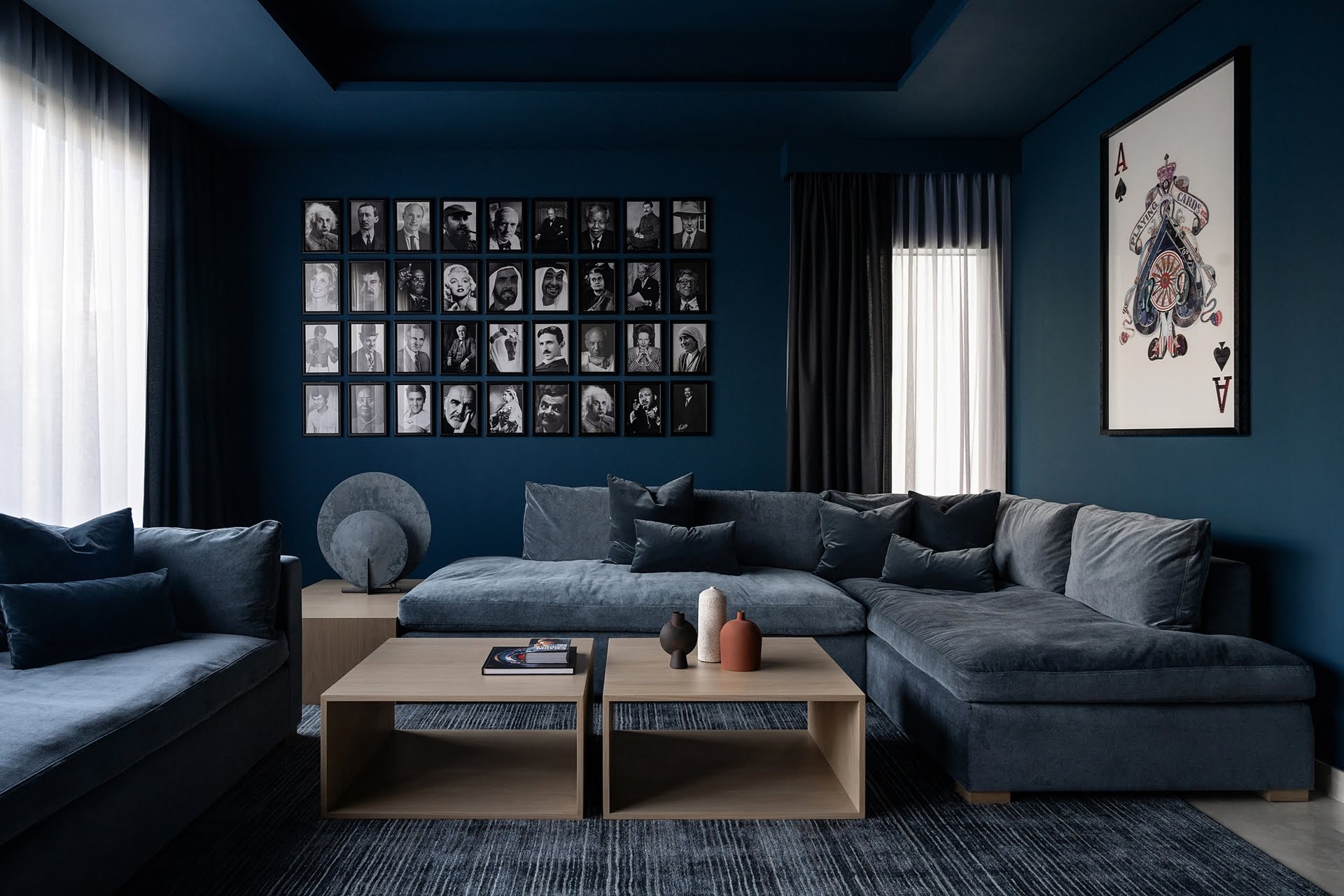
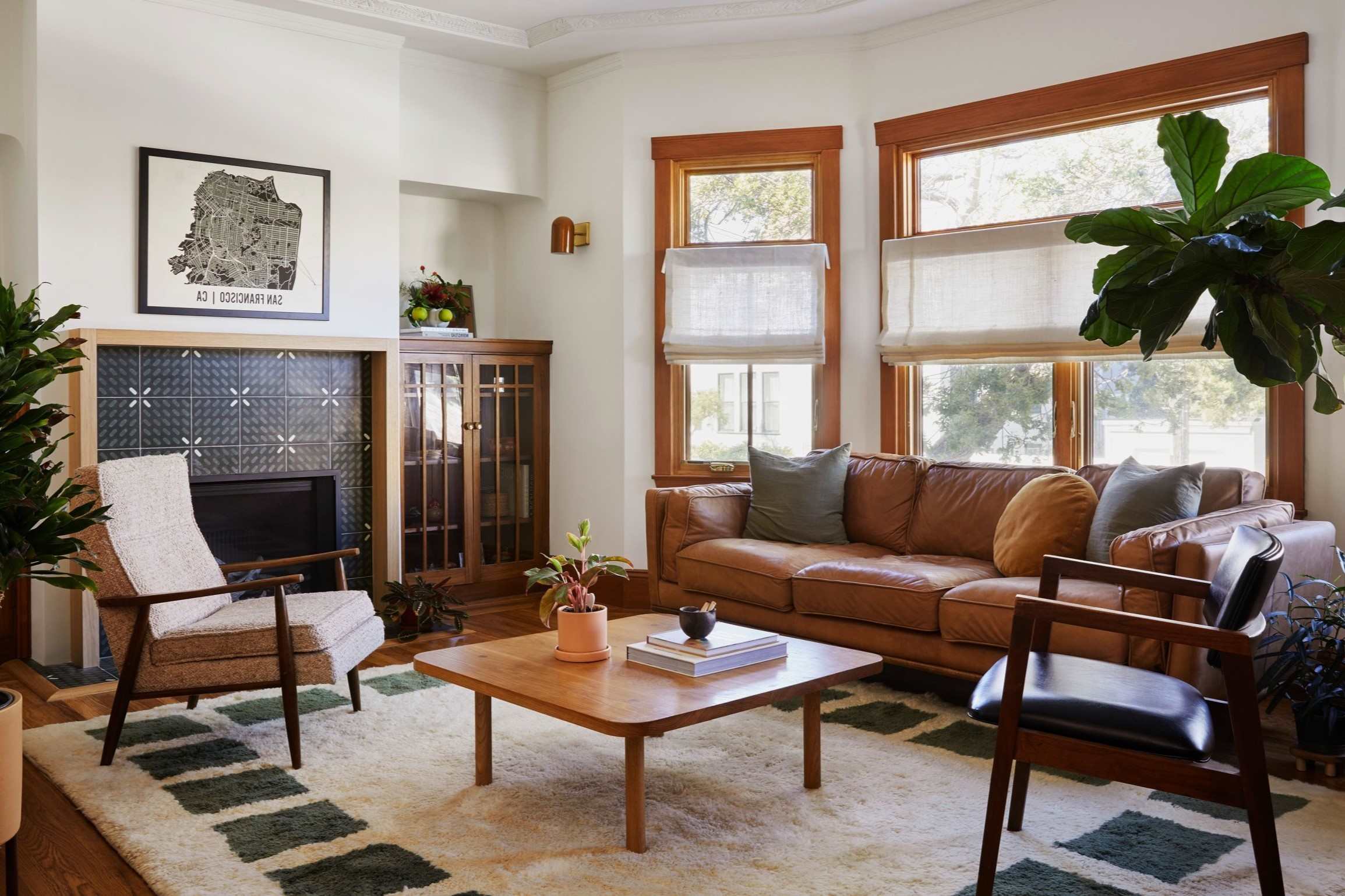
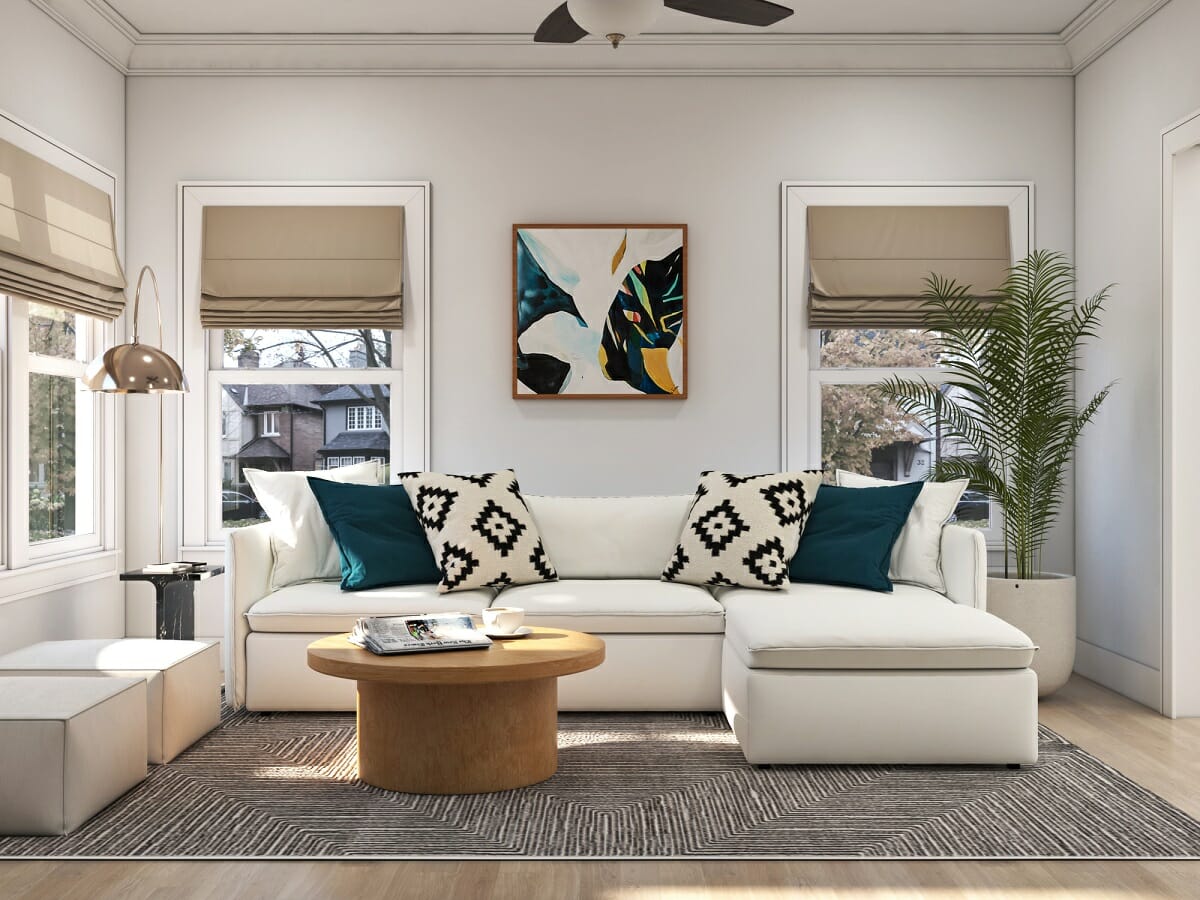
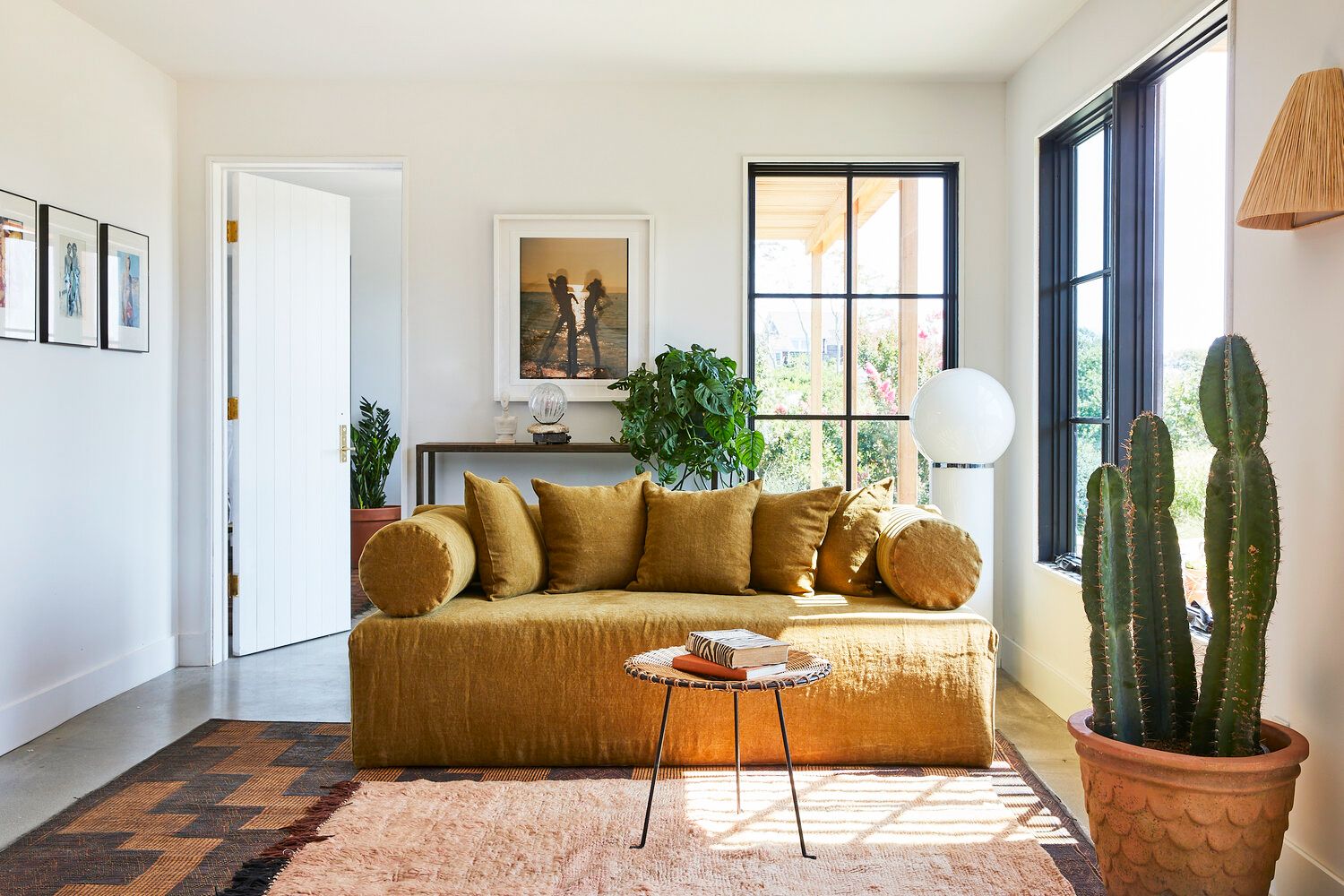
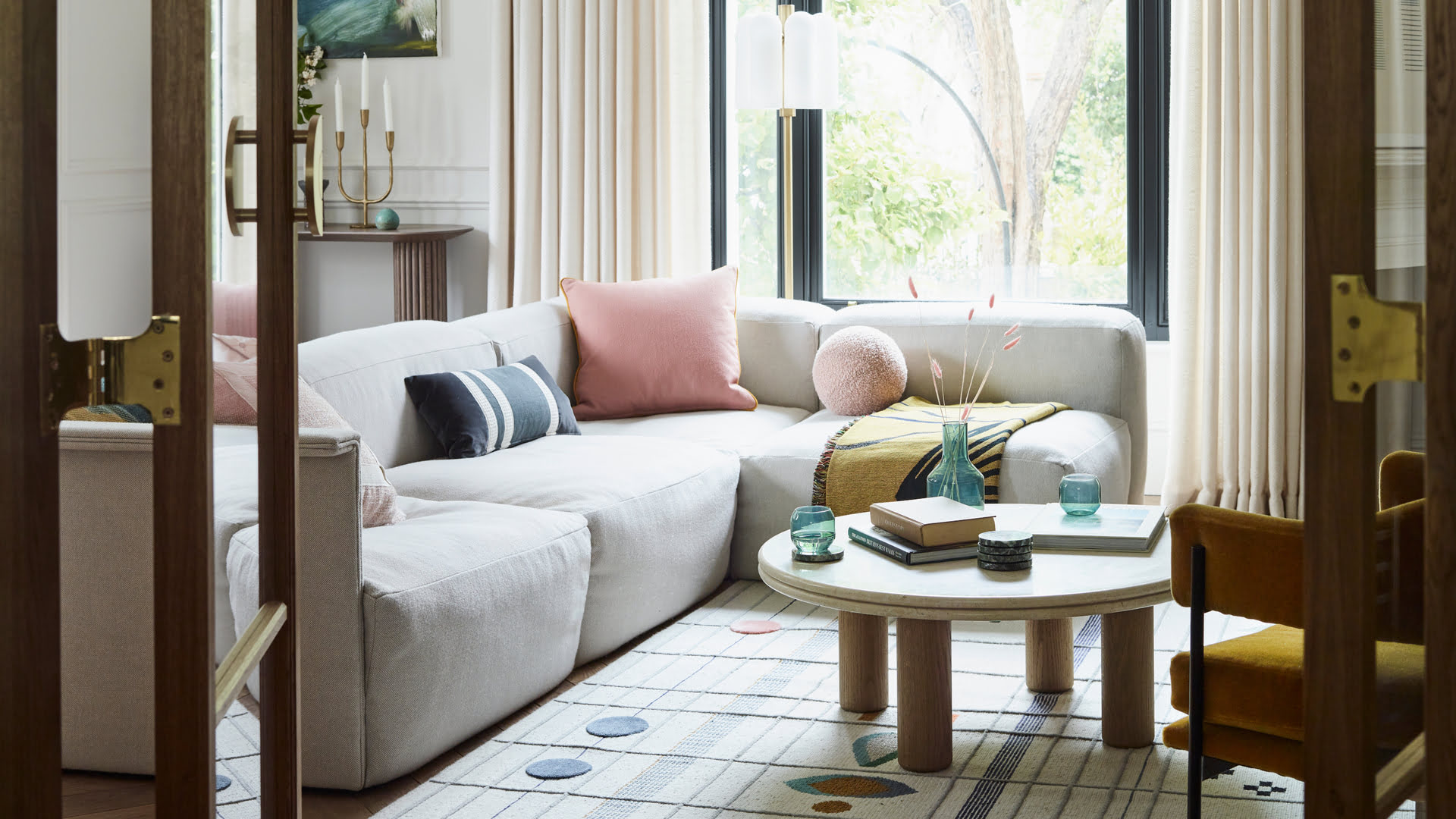
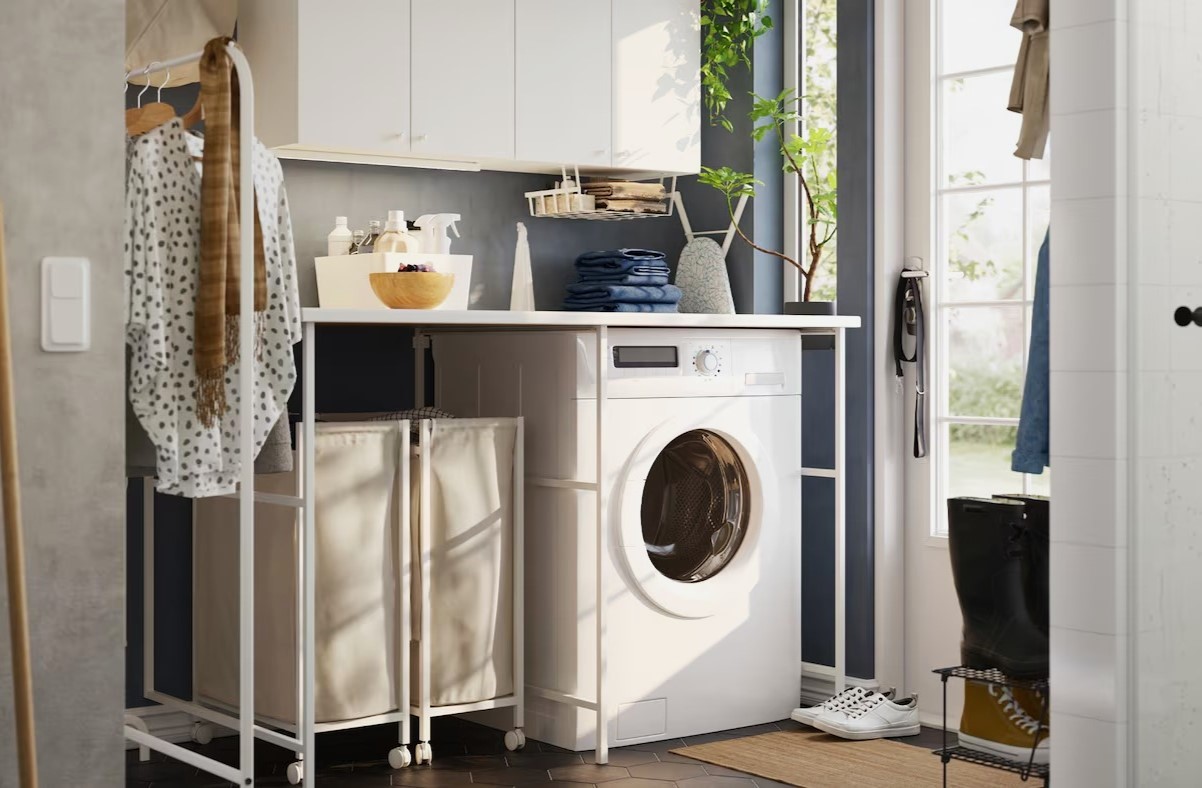
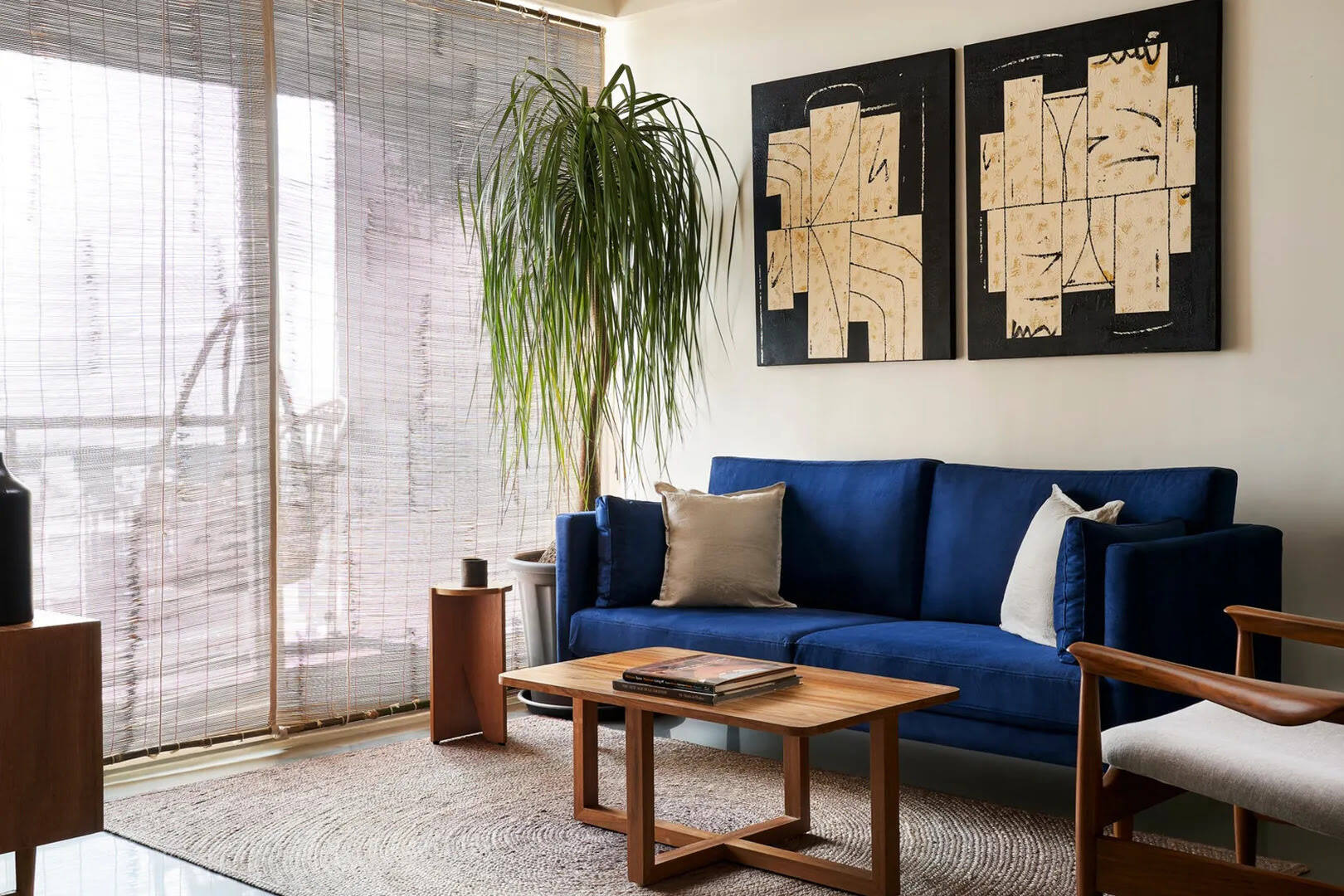
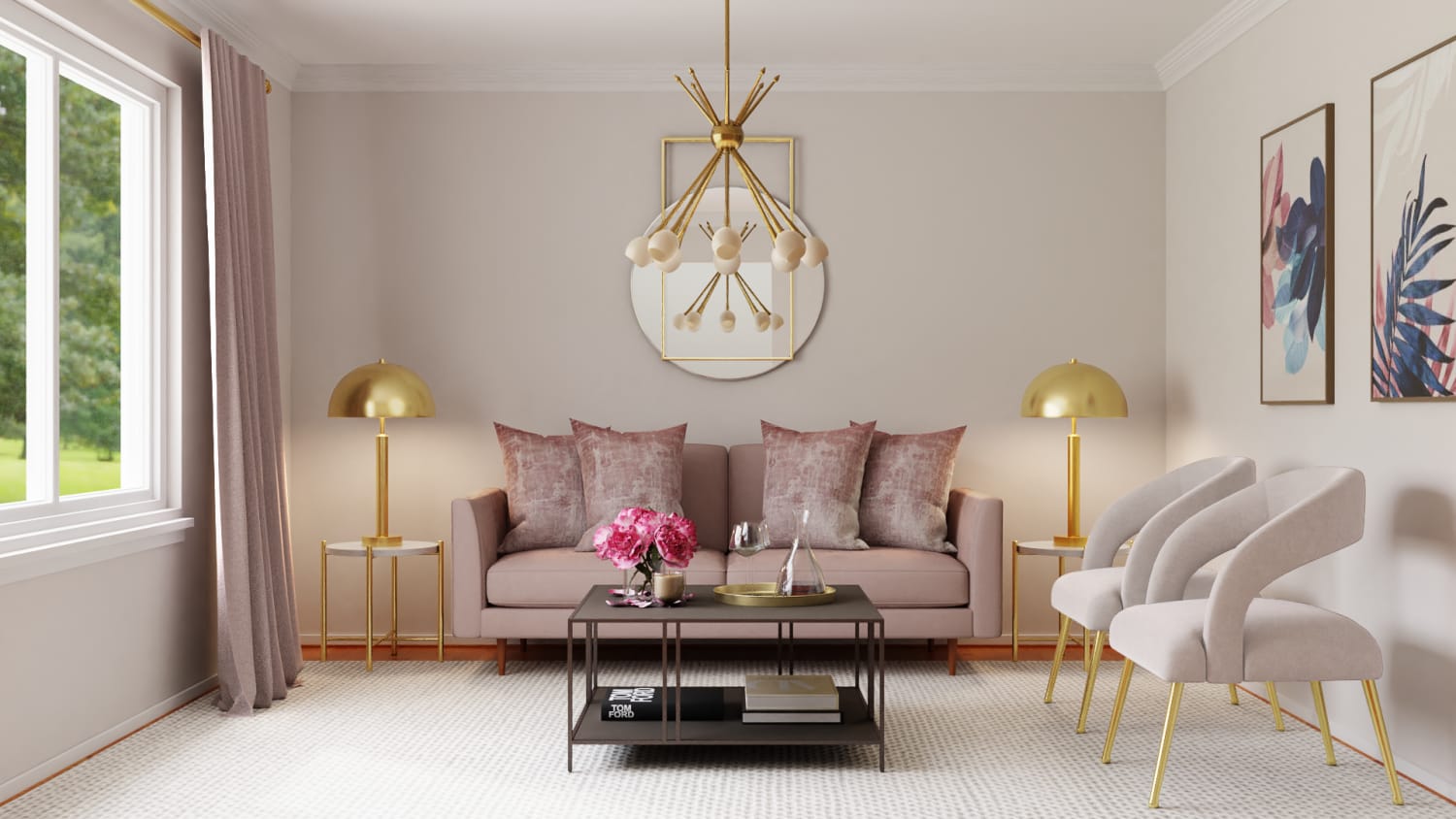
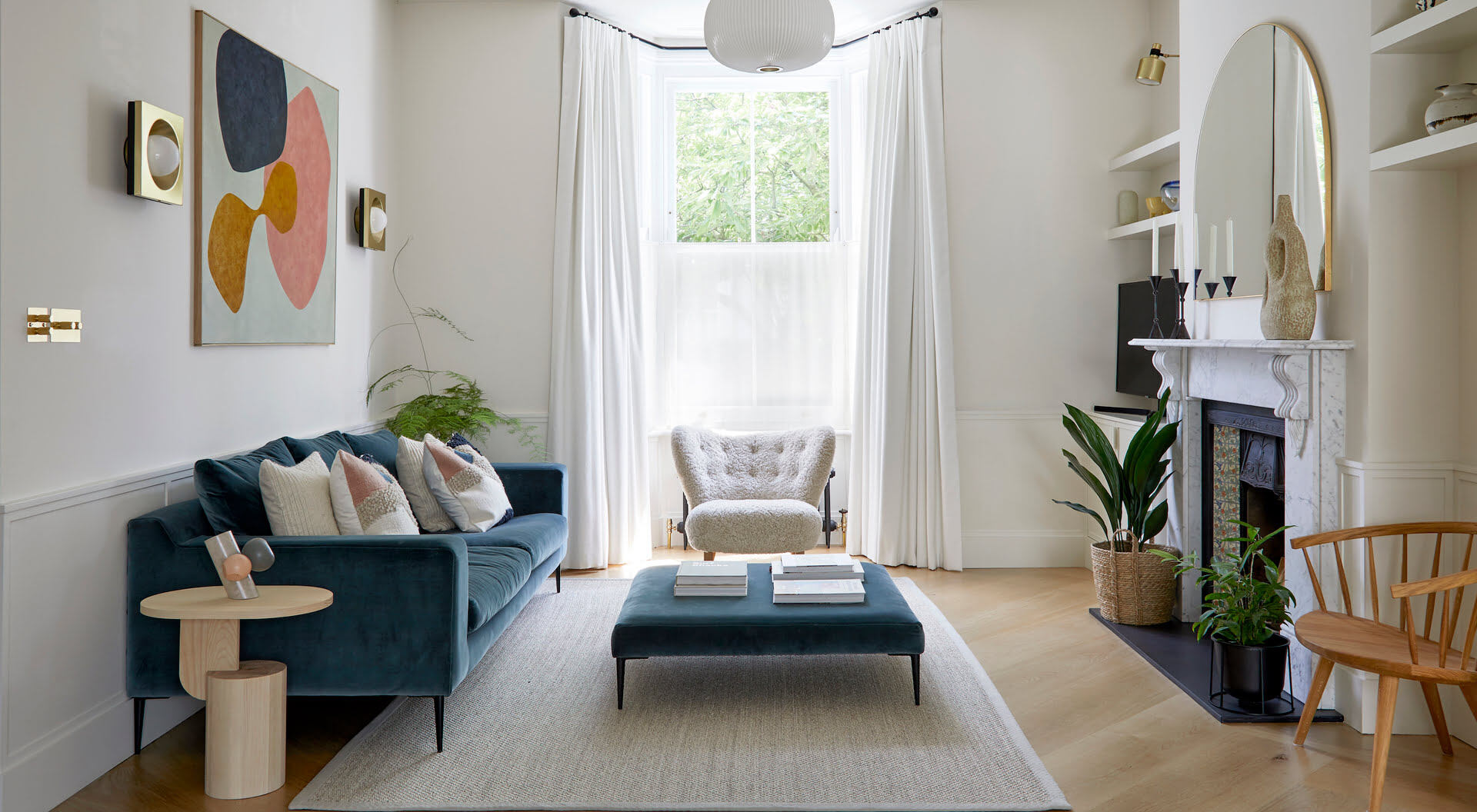
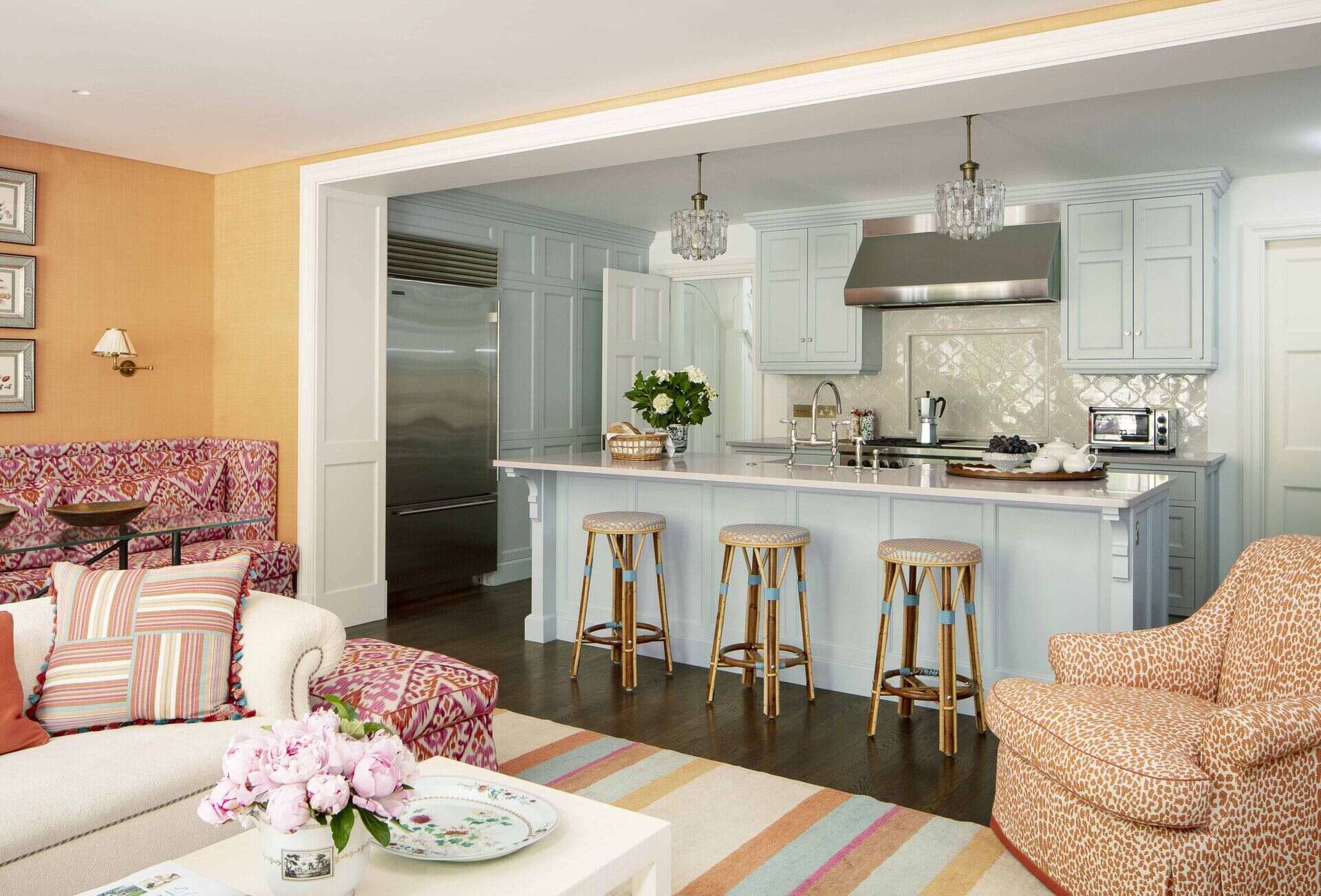

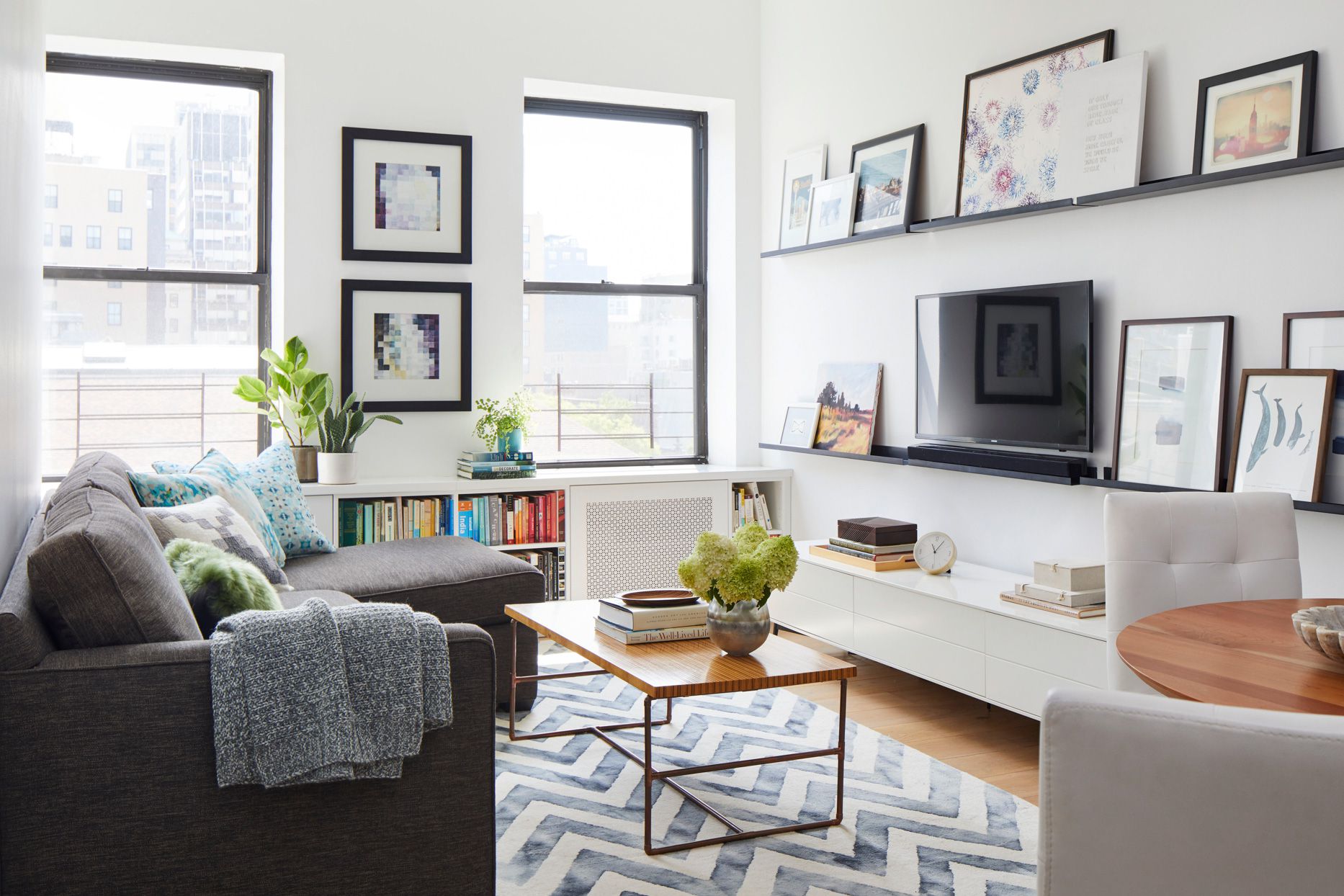
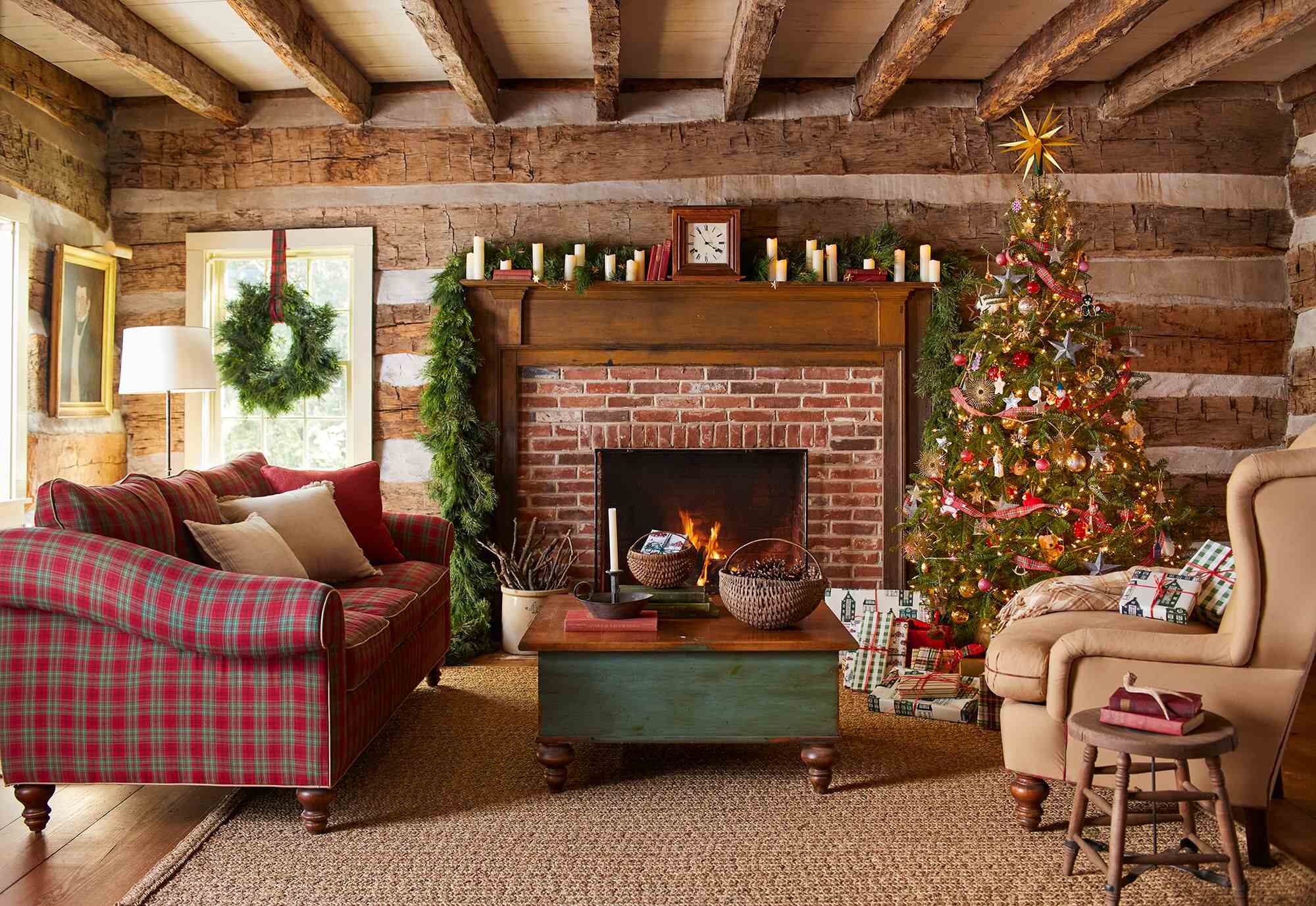

0 thoughts on “How To Organize A Small Living Room”